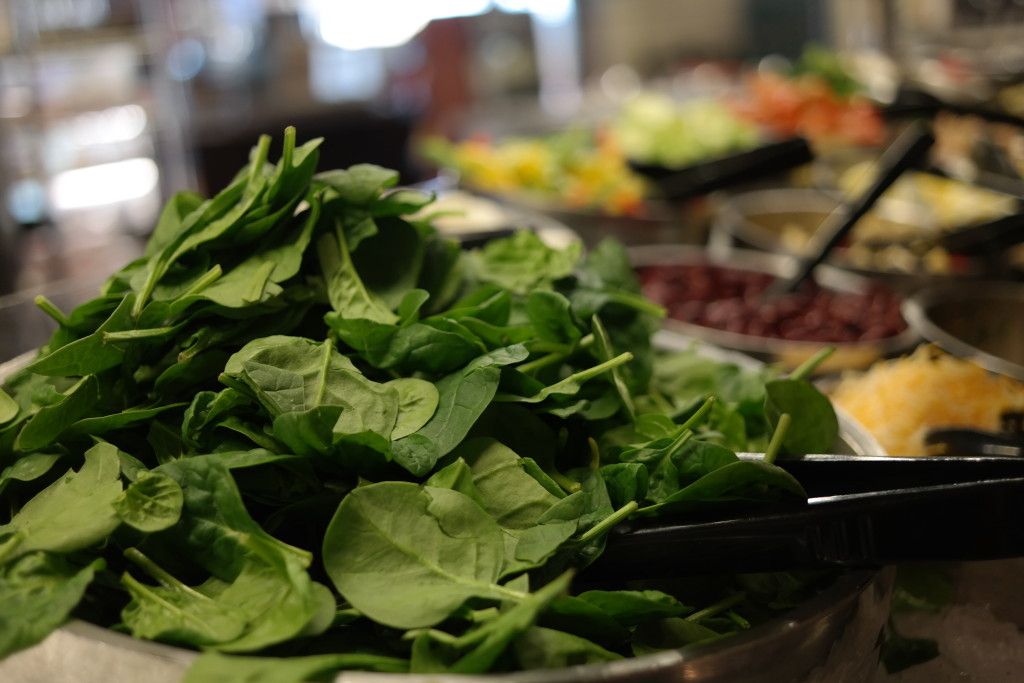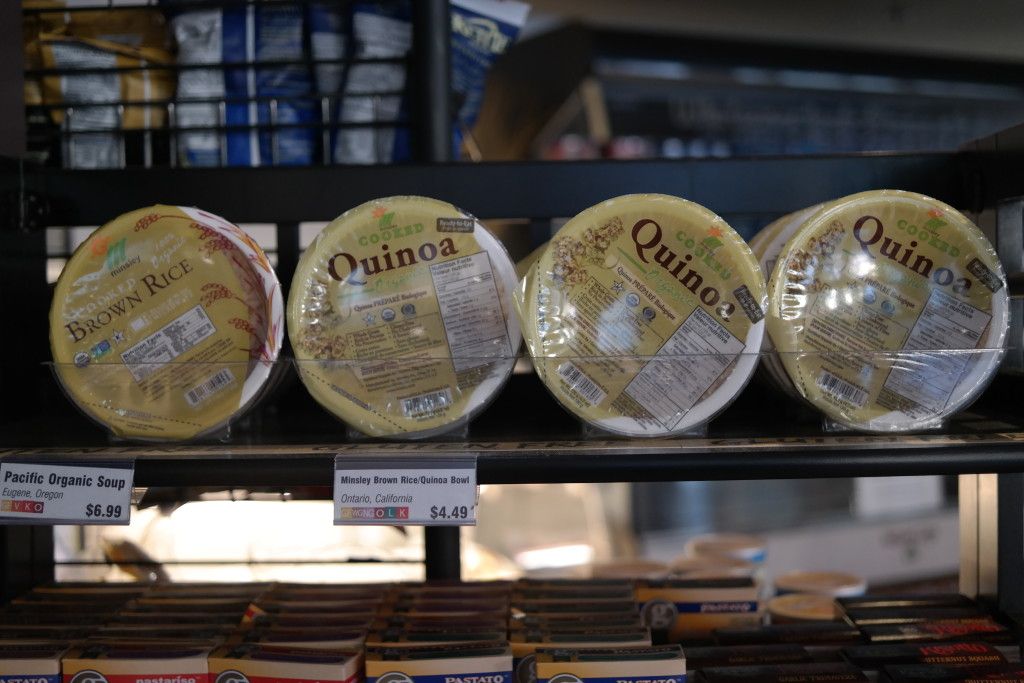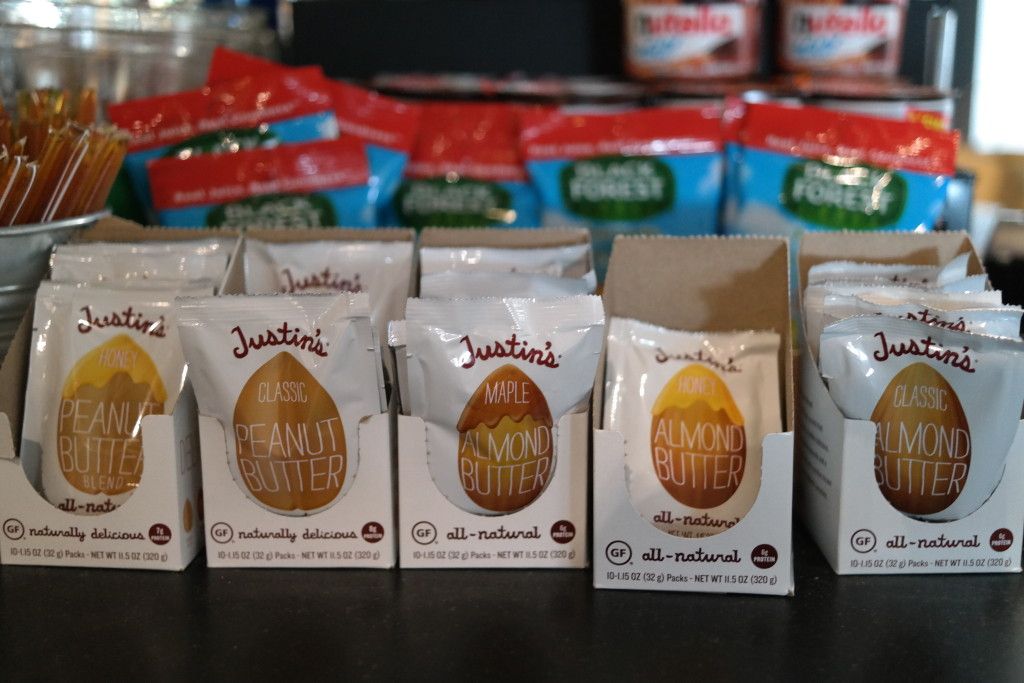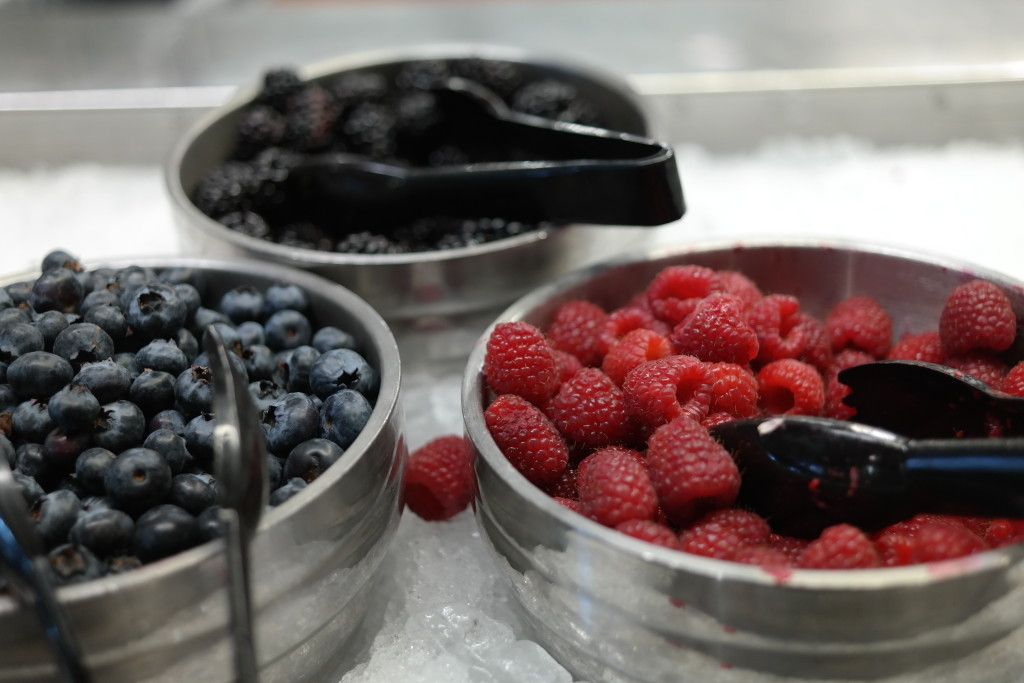Photos by Amelia Dal Pra
Eating clean in college may seem challenging to most, if not all, students. From late-night sweets and dirty chai lattes to get through midterms, to cafeteria pizza and quick chocolate pick-me-ups, it seems as though eating healthy is impossible for students, especially when they are surrounded by easily accessible, processed foods that satisfy their cravings.
Though it may not seem to have impact yet, there is a hefty price tag on an unhealthy college diet. Many of our lifelong habits, both good and bad, begin in our early 20s.
But how should a broke college student go about beginning their health food journey, especially if they don’t have access to a kitchen? There are plenty of simple and practical ways every student can strive toward a healthier, more holistic lifestyle.
The first step to a healthy, more balanced lifestyle is learning to ease one’s way into a clean diet. Excitedly diving into a healthy diet often leads to failure, so baby steps towards healthy eating are a must.
Begin with eating one fresh, plant-based meal per day. This will look different for everyone. For those who have Caf points to use, it may be choosing to eat the vegan or vegetarian option offered, or utilizing the salad bar. Create a salad that is 90 percent dark leafy greens with minimal additions, so that you can load up on the powerful vitamins and minerals that greens have to offer.
The microwavable organic quinoa or brown rice supplied at Nature’s Edge are healthy additions to add to quick in-dorm meals. For those who can make the trek to Ralphs, organic kale and lemons can each be purchased for less than $1 each, and a can of organic garbanzo beans for less than $1.50. So for less than $5, a quick kale, garbanzo bean, lemon quinoa or brown rice bowl, which would potentially last multiple meals, is ready to go.
Don’t have a kitchen and on a tight budget? That is no problem for the avid smoothie maker; Hamilton Beach has a personal blender available on Amazon for $15. Buying a personal blender allows college students to make healthy meals on the go and makes eating healthy simple and easy.
Students with meal points could pack a green box with spinach, berries and other goodies to bring back to their dorms, using these ingredients to make a delicious smoothie for breakfast or a post-workout snack. Nature’s Edge also has almond milk and Justin’s almond butter packets, which, along with a banana, berries and spinach, would be a great kickstart to the day.
Are you interested in using organic protein powder or do you desire chia, cacao nibs or hemp seeds to put in your daily salads or smoothies? Though such “super foods” may seem foreign to some students, the website VitaCost makes even the most expensive products affordable.
So, let’s begin our healthy habits in college. Though our diet seems to be the first thing that is tossed to the side as school gets busy, we should remember that, in reality, our health should be our top priority.
Eating clean is easier when it’s broken into simple steps, even the small changes in our diets can have a lasting impact on our health. And, as our energy increases and our health improves, soon enough we may find ourselves incorporating more than one plant-based meal into our day.
There is nothing to lose in eating clean, yet there is plenty to gain: increased vitality and overall quality of life as well as improved athletic and academic performance. Set yourself up to eat clean in the future by making conscious and educated food decisions during our college years.
_____________
Follow the Pepperdine Graphic on Twitter: @PeppGraphic





